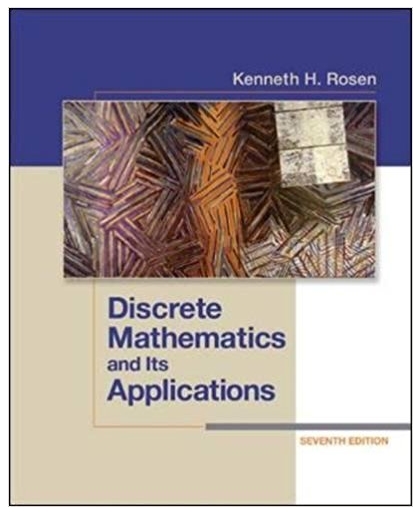Question
1. A researcher believed that women in their 20s drank more soda per day than men. Which of the following was the null hypothesis? a.
1. A researcher believed that women in their 20s drank more soda per day than men. Which of the following was the null hypothesis?
a. The amount of Soda women drank per day was greater than the amount of Soda men drank per day
b. The amount of Soda women drank per day was equal to the amount of Soda men drank per day
c. The amount of Soda women drank per day was smaller than the amount of Soda men drank per day
d. The amount of Soda women drank per day was greater than or equal to the amount of Soda men drank per day
2. A student hypothesized that in the US adult population, women drank the same amount of water per day as men per kg of body weight as the two-tailed null hypothesis. The probability value for his null hypothesis was 0.02. So he concluded that:
a. Women drank a greater amount of water per kg of body weight per day than men
b. Men drank a greater amount of water per kg of body weight per day than women
c. Women drank the same amount of water per kg of body weight per
day as men
d. He rejected the null hypothesis that women drank the same amount of water per kg of body weight per day as men
3. Imagine that a researcher wanted to know the average weight of 5th
grade boys in a high school. He randomly sampled 5 boys from that high
school. Their weights were: 120 lbs., 99 lbs, 101 lbs, 87 lbs, 140 lbs.
Whats the sample standard deviation?
4. Imagine a researcher posed a null hypothesis that in a certain community, the average energy expenditure should be 2,100 calories per day. He randomly sampled 100 people in that community. After he computed the t value by calculating a two-tailed t-statistic, he found that
the probability value was 0.10. Thus, he concluded:
a. The average energy expenditure was bigger than 2,100 calories per day
b. The average energy expenditure was smaller than 2,100 calories per day
c. He could not reject the null hypothesis that the average energy expenditure was 2,100 calories per day
d. The average energy expenditure was either more than 2,100 calories per day or less than 2,100 calories per day
5. If the probability that you will correctly reject a false null hypothesis is 0.85 at 0.01 significance level, is__ and is__.
a. 0.01, 0.15
b. 0.01, 0.85
c. 0.99, 0.15
d. 0.99, 0.85
6. When the sample size increases, power _____ suddenly at first, and then slowly ______.
a. Increases; decreases
b. Increases; increases
c. Decreases; increases
d. Decreases; decreases
Step by Step Solution
There are 3 Steps involved in it
Step: 1

Get Instant Access to Expert-Tailored Solutions
See step-by-step solutions with expert insights and AI powered tools for academic success
Step: 2

Step: 3

Ace Your Homework with AI
Get the answers you need in no time with our AI-driven, step-by-step assistance
Get Started


